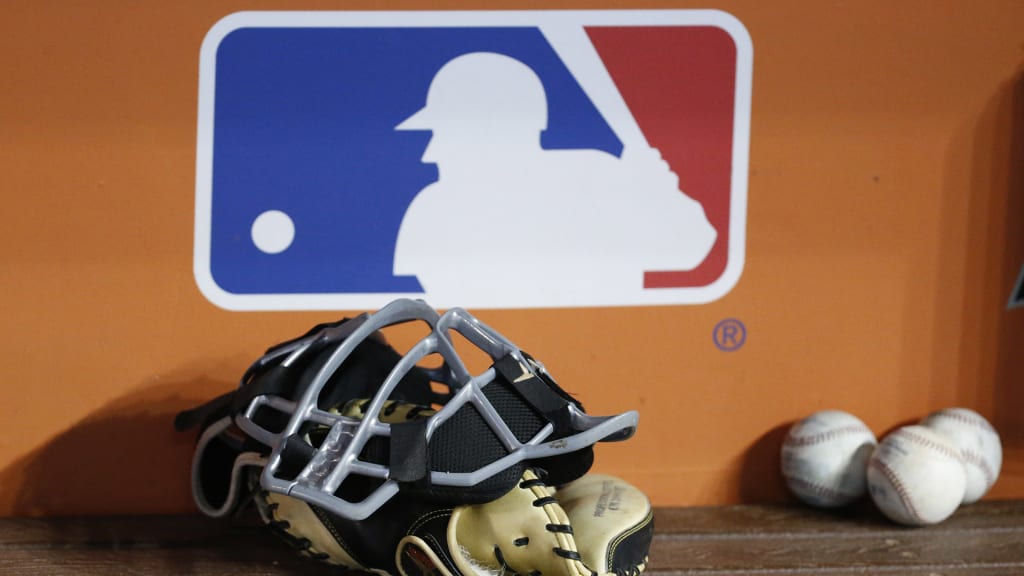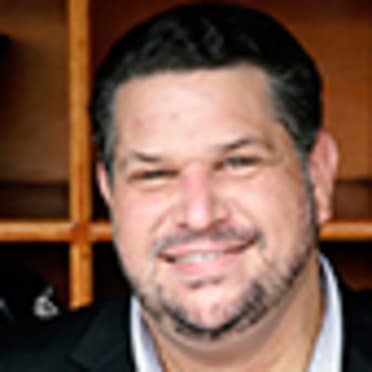
Major League front offices are back in business, as baseball's transaction freeze was lifted Friday at noon ET.
But for those hoping to focus on what rosters around MLB will look like this season, that might be more complicated than usual.
Player Pools, Taxi Squads and Alternate Training Sites are just a few of the terms that will become part of the baseball lingo as the 2020 season gets underway. With that in mind, we’ll try to answer many of the roster-related questions that are surely going to present themselves in the coming days, weeks and months.
What exactly does “Player Pool” mean? And while you’re at it, can you tell me what an “Alternate Training Site” is?
Sunday at 4 p.m. ET marked the first major roster deadline for all 30 teams, which were required to submit their 60-man Player Pool -- that is, the group of players who will be able to play for them this season. According to the league’s Operating Manual, all players on a 40-man roster “that the Club anticipates participating” during the season will be part of the Player Pool, while the rest will be made up of non-40-man roster players under contract. Any 40-man-roster players who are not included in a Player Pool (for example, maybe a prospect who isn’t deemed ready for the Majors) will still be paid during the season.
No team will be allowed to exceed the limit of 60 players in its Player Pool at any time during Spring Training 2.0 or the regular season.
While 30 players will make up the initial Opening Day roster for each team, the other 30 will remain at an Alternate Training Site, which is likely to be a ballpark of one of the club’s nearby Minor League affiliates. For instance, the Pirates announced that their alternate site will be at their Double-A affiliate in Altoona, Pa.
Teams were also required to provide a list of which of those 60 players will be invited to Major League training camp, while the others will head to the Alternate Training Site for their workouts. (You might think that all 60 guys would go to Major League camp, but remember that teams are training at their Major League parks, where there is not as much room as there is at Spring Training facilities. As a result, you might not see all 60 at camp.)
Wait. Won’t teams have non-roster invitees in camp? How can they put them in the Player Pool?
Yes, teams around the league have multiple non-roster players in camp, many of whom have opt-out clauses in their contracts.
Teams may put these players on their 60-man Player Pool lists, though what happens if they opt out before the end of camp remains a bit unclear.
In most cases, players with opt-out clauses can request to be released -- but any player who has been removed from a team’s Player Pool by way of release or outright waiver assignment may not be added back to the team’s Player Pool for the remainder of the 2020 season.
“Players are only likely to opt out if they know there’s going to be a better opportunity out there for them,” one executive said.
Non-roster players who signed Minor League deals without opt-out clauses may be assigned to the Player Pool without being put on the active roster. They would report to the Alternate Training Site, where they would continue to work out and be eligible to join the team during the season.
Are teams locked in with those 60 players all season?
No. Teams will be able to make all the standard transactions throughout the course of the year, so in order to add a player to the Player Pool, another player must be removed.
Players on a 40-man roster can be removed via trade, waiver claims, return of Rule 5 Draft selection, release, outright assignment, designation for assignment, placement on the 45-day injured list, placement on the COVID-19 related injured list, or placement on the suspended list (by the club), voluntarily retired, restricted, disqualified or ineligible lists.
Non-40-man-roster players may be removed by trade, release, placement on the COVID-19 related injured list, or placement on the suspended list (by the club), military, voluntarily retired, restricted, disqualified or ineligible lists. Any injured non-40-man-roster players will continue to count against the team’s Player Pool unless they are removed through one of the aforementioned transactions.
How many players will actually be eligible to play each day?
When the season opens on July 23 or 24, teams will submit rosters of up to 30 players, with a minimum of 25. Two weeks later, those rosters will be trimmed to 28, then to 26 two weeks after that. Once teams are limited to a 26-man roster, they will be permitted to add a 27th player for doubleheaders.
There will be no limitation on the number of pitchers allowed on an active roster this season.
Will most teams include their top prospects in their Player Pool?
This answer will likely vary on a team-by-team basis.
One executive argued that including your top prospects among your 60-man pool will give those youngsters a chance to develop this season, while another said that unless a team truly envisions those prospects as being potential players in 2020, it could be wasting what might be valuable roster spots.
“Having depth at your Alternate Training Site could become very important,” the second exec said, adding that a team in rebuilding mode might be more apt to give young prospects spots in the Player Pool.
Can teams make trades?
Yes, though not every player in an organization can be dealt in 2020. The Trade Deadline this season has been moved from July 31 to Aug. 31, but unlike years past, teams will be limited in which players they can deal.
Only the 60 players in a team’s Player Pool will be eligible to be traded, limiting the number of Minor League players who will be moved this summer.
Players acquired via trade must be assigned to a team’s Player Pool.
What’s the deal with the Taxi Squad?
Each team will be permitted a three-player Taxi Squad for every road trip, giving them immediate options to replace an injured or COVID-19 infected player. The players will come from the 60-man Player Pool, but the goal of bringing them on the trip is to avoid putting a player on a commercial flight if an injury occurs.
A three-player Taxi Squad -- which every team is expected to carry on all road trips -- must feature at least one catcher, while the other two players can be either pitchers or position players. One executive said he expects most teams to carry a pitcher, a utility player and a catcher, though some could opt to bring two pitchers and a catcher.
These three players will be permitted to work out with the team on the road, while the catcher will also be allowed to serve as a bullpen catcher. At the end of the road trip, Taxi Squad players will return to the team’s Alternate Training Site, though the catcher will be permitted to stay with the team as a bullpen catcher for home games.
Taxi Squad players will not be paid MLB salary or accrue service time, but they will receive the Major League allowance of $108.50 per day along with their Minor League salary.
Is the “Nashville plan” going to become a reality?
There has been discussion of a plan that would involve sending 40-60 unsigned free agents -- mostly players who played at Triple-A or in the Majors last season -- to Nashville, Tenn., where they would make up a pair of teams that could serve as a pool of emergency callups for the 30 MLB teams. The Nashville Sounds -- the Rangers’ Triple-A affiliate -- would host the group.
“The Nashville Sounds Baseball Club has had discussions with Major League Baseball about the possibility of hosting games that would consist of free agents competing against each other at First Horizon Park this summer,” the club tweeted on Wednesday. “We continue to have meaningful discussions with baseball officials and local health officials with hopes of baseball in Nashville in 2020.”
Given the possibility of COVID-19 infections to go along with other potential injuries, a group of free agents who are ready to play could be a big plus for clubs, especially if they find themselves facing a barrage if injuries or illnesses.
Nashville GM & COO Adam Nuse told The Tennessean that he has a list of about 70 potential free agents who could be part of such a plan. Games in Nashville could be played between the free-agent teams every Thursday through Sunday beginning around the same time as MLB’s Opening Day.


